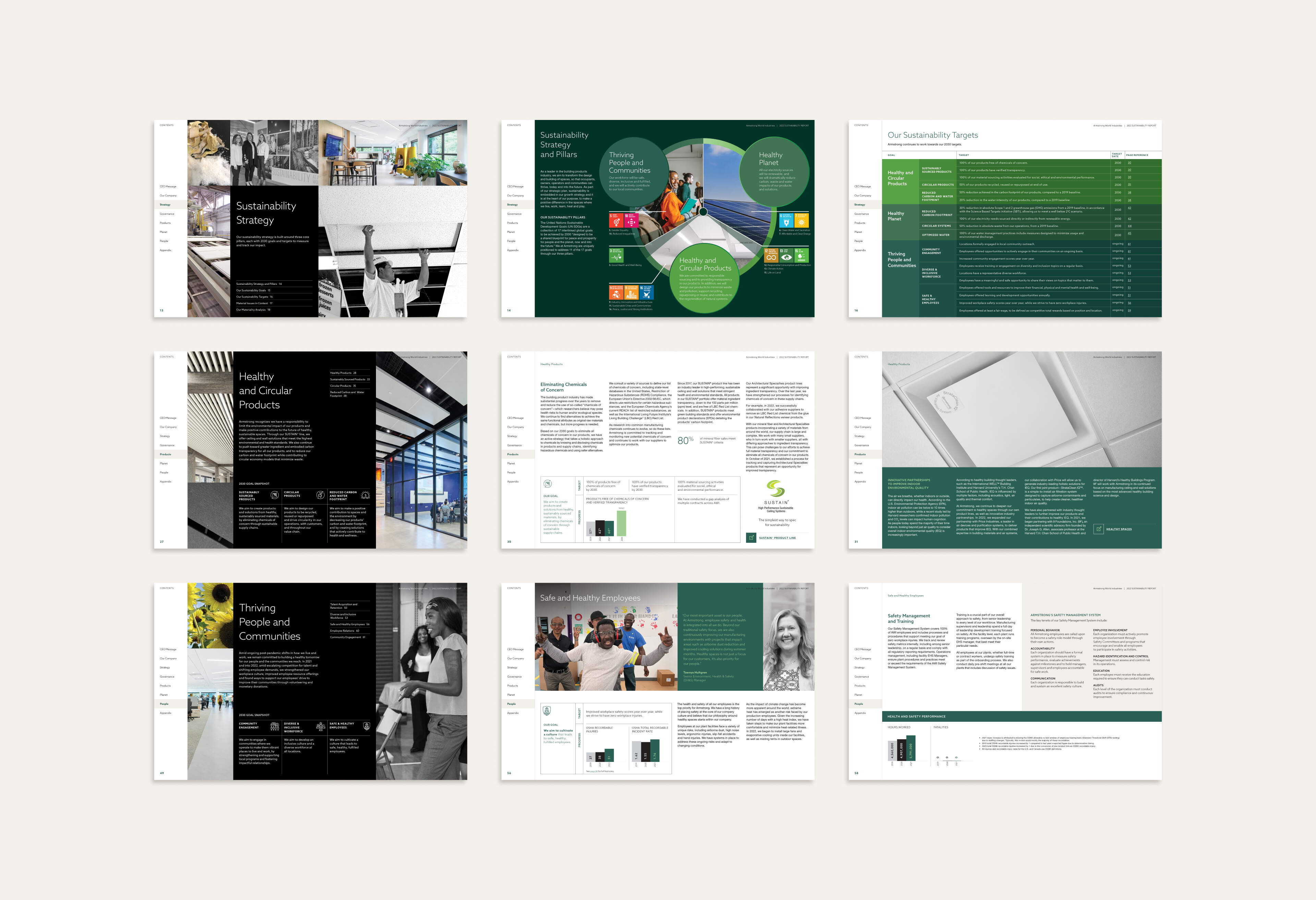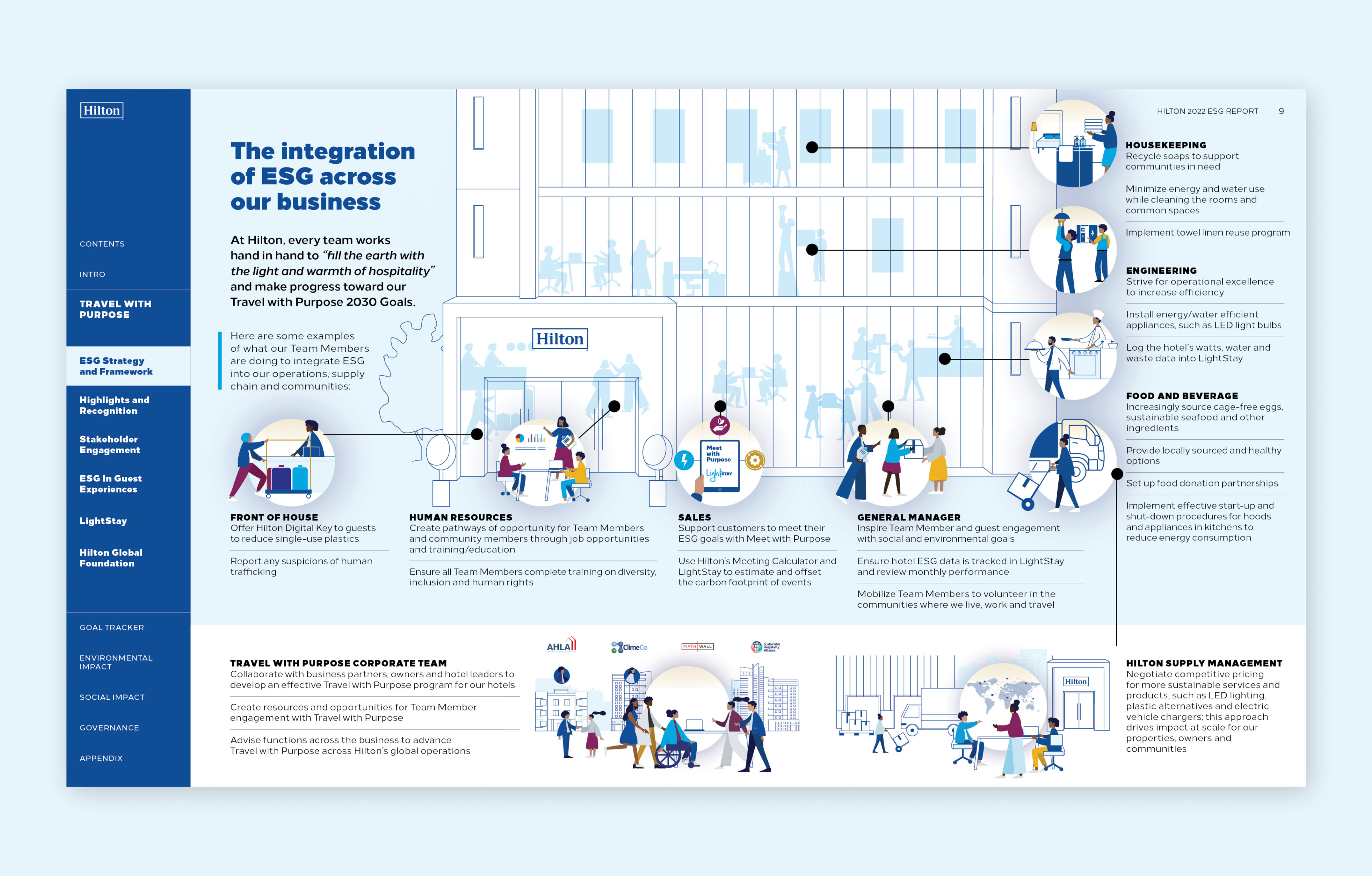How to Tell a Story with Data
Human beings have always loved stories. They hit us emotionally and activate our brains differently. Facts and data are important, but readers need an assist to move from the “what” to the “why.” For your communications to have real impact, they need context and narrative, as well as visuals, to help translate data into insight, and insight into action.
You don’t want your key messages misunderstood or misinterpreted — or even simply missed — because the reader didn’t get it. Storytelling helps you connect with readers on many levels; they hear the facts and figures but feel your examples in context. Combining these elements will make your communications more powerful, more memorable, and more engaging. Brent Dykes, author of Effective Data Storytelling gives the following definition, “an effective way of communicating insights by combining narrative with visuals” and we couldn’t agree more. Inspired by Dykes, we’ve broken down how you can communicate insights to tell a story that gets your messages across, while helping readers quickly understand.
The Data
First you need to have data, as it is the foundation of data storytelling. Collection is a process, and it takes time. Occasionally our clients are interested in infographics and data visualization but lack meaningful data. Starting a data collection program is the first step. In a research project or Sustainability, DEI or ESG context, organizations are gathering a lot of information already. Often data is collected and published in dense documents that give no explanation, are in response to third party requests or requirements, or feel like a “data dump” — packed with facts, tables and charts, but nearly unabsorbable (except perhaps by AI, but that’s not the key audience here). When there is a lot of data, how you present it is key to creating understanding.

Context + Narrative
The data can’t “speak for itself,” even in graphical form. It’s up to you to give context to make it meaningful. You need to bring the data to life with a concise and compelling narrative that not only amplifies and clarifies the meaning of your data but acts as supporting pillars to insights from the data you’ve collected. Nonprofits have done this well, taking their large-scale problems and giving them a human face and a singular story that shows and tells the impact on one human or family. This is also your opportunity to help explain setbacks, as charts don’t always follow a straight line in the preferred direction. All organizations should pair statistics and data visualization with the context and narrative to help audiences gain understanding and comprehend the meaning.

Visualization
Visualizing your data helps audiences see patterns and progress in ways that rows and columns of data tables obscure. In the simplest form, charts and graphs help a reader grasp the sum of the parts, the progression over time and the comparison of key information, showing a multitude of data so your audience can see and understand your viewpoint. Avoid junking up the visualizations, but adding “art in the service of information” can increase communication. Visualization encompasses charts and graphs, but also diagrams, flow and process charts and other more complex visualizations. You won’t be able to and shouldn’t try to visualize every data point, but you should aim to guide readers to the overarching message in the data by visualizing the trends and key takeaways. And these visualizations, paired with the context + narrative create a seamless story for all types of readers.
The Takeaway
By incorporating your data, context + narrative, and visualization, your newfound data story is bound to elicit an emotional response from your reader. By linking the context and the data, you’re able to assist the reader in understanding. When these elements are integrated successfully, you will have created a memorable, persuasive story that can drive understanding and change.
How Ideas On Purpose can Help
For over 25 years IOP has been helping companies of all sizes with their purpose-driven communications, including strategy & reporting and impact communications. Our strategy, content, digital and creative teams are ready to help you define and tell your ESG, DEI, CSR or Sustainability story. Feel free to email us, we’re happy to discuss the possibilities.
Cover Photo: Nicholas Capello on Unsplash